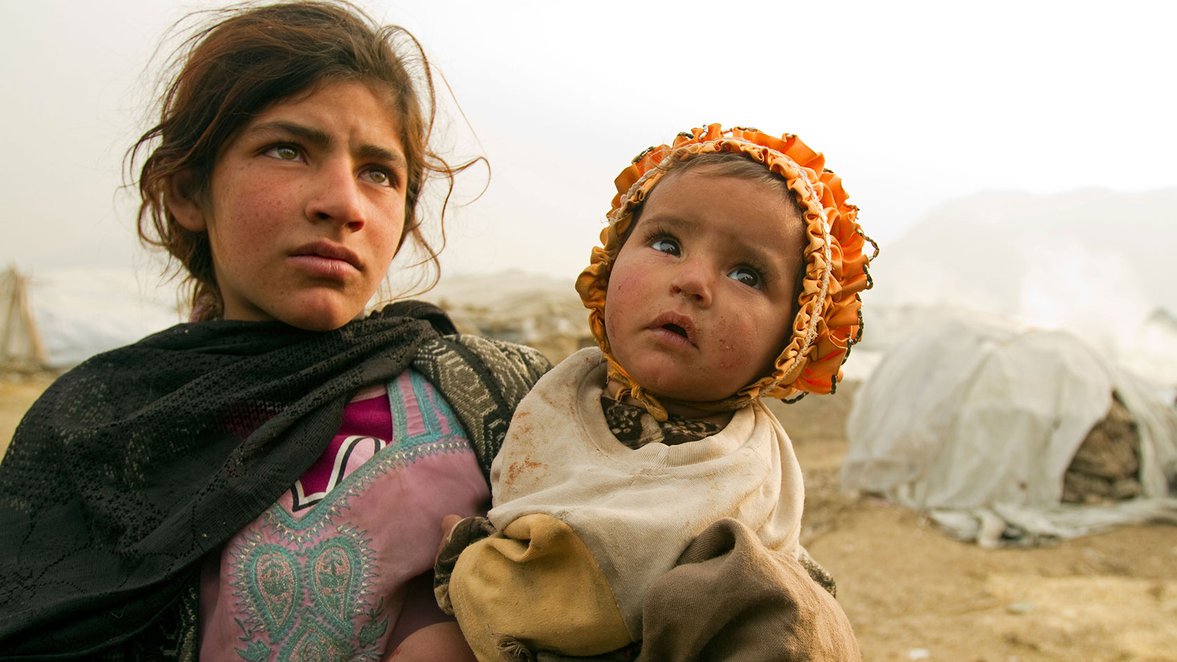
According to a World Bank report released on Tuesday, the number of Afghans unable to purchase food and other necessities has doubled since the Taliban took control of the country in August 2021. It is a result of increasing unemployment and decreasing earnings.
An Afghanistan Welfare Survey was performed over the phone from October to December 2021. 70% of respondents claimed their households were unable to meet basic food and non-food needs. It is up from 35% in May 2021.
The percentage of Afghan households switching to lower-quality or less priced food increased to 85 percent from 56 percent in July-August 2021.
Nearly half of households reported a decrease in daily meal consumption, up from around a quarter in July-August 2021.
The World Bank ascribed the steep rise in poverty to overall economic conditions rather than “specific actions introduced by the interim administration”. Thereby, citing a drop in public sector employment as an example.
Seven months after overrunning Kabul as the last U.S.-led foreign soldiers fled, ending a 20-year war, the Taliban rulers still lack international recognition.
Donors halted financial help, which accounted for more than 70% of government spending. The Afghan central bank’s assets were frozen for $9 billion. Many Taliban leaders continue to receive sanctions from the United States and the United Nations.
Other problems Afghans face
More than half of Afghanistan’s 39 million Afghans face starvation, according to the United Nations.
According to the World Bank study, over a fifth of household heads were seeking work in October-December 2021. It is up from 8% at the same time in 2019. Thereby, owing to a drop in jobs in the army, police, other security services.
Despite Western fears that the Taliban’s hardline Islamists would curtail women’s rights, the study found that school attendance among boys and girls aged 6 to 18 increased statewide from October to December 2021 compared to the same time in 2019.
The percentage of households sending boys to school went from 63 percent to 73 percent. The portion of households sending girls to school increased from 44 percent to 54 percent.
The percentage of urban households sending girls to school remained unchanged at 53%. But the ratio of households sending girls to primary school increased to 19% from 5%.
The Taliban prohibited women and girls from attending school under its previous regime, which lasted from 1996 to 2001. They claim to have changed since then.
